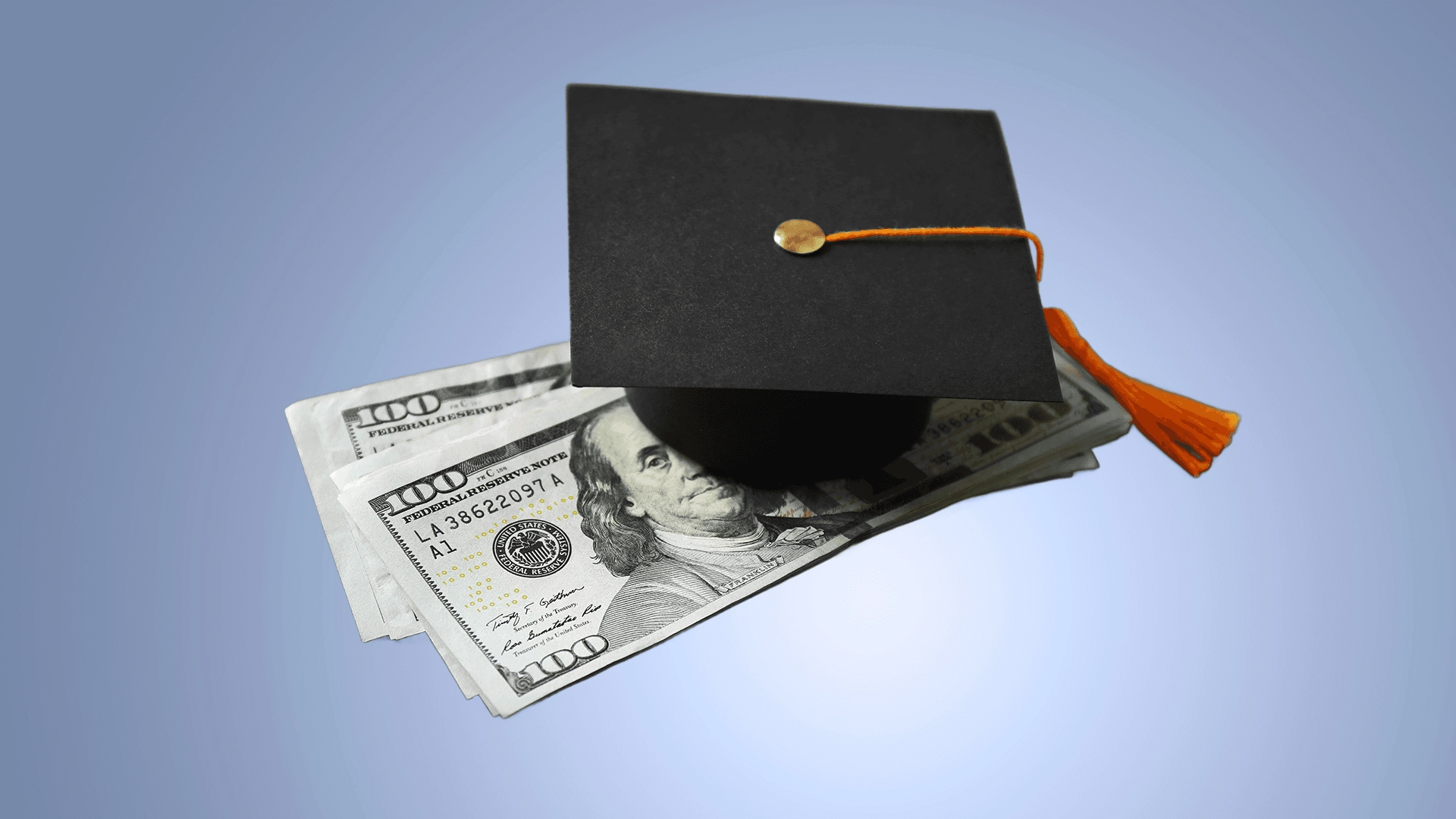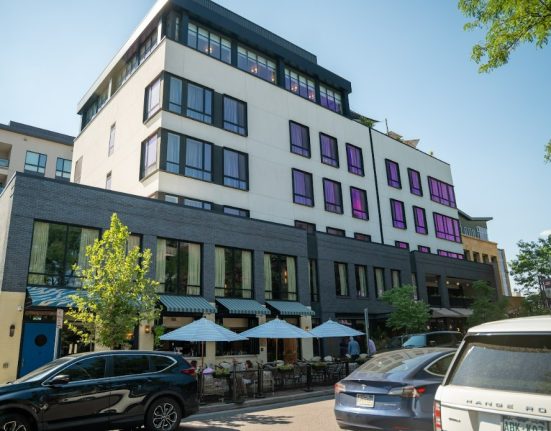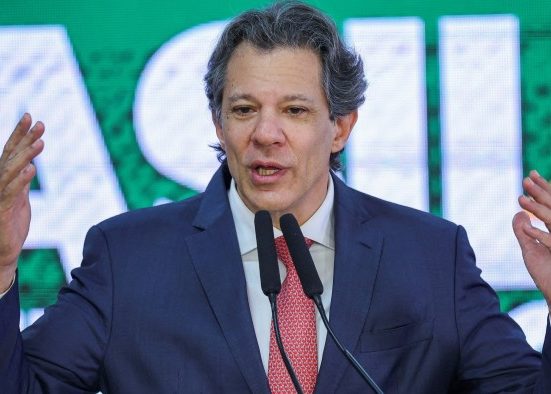Is it common for MBA students to take out loans?
Statistics from the Education Data Initiative estimate that 57.8% of MBA graduates have student loan debt. So, if you need to borrow to pay for your degree, you’re not alone.
According to the National Center for Education Statistics, the average cost for graduate school tuition and fees at public universities for the 2023-2024 school year was nearly $12,000. However, that doesn’t include living expenses and other education expenses like books. The Education Data Initiative estimates the average cost to get an MBA as $60,410, encompassing two years.
However, if you choose to go to a private school or a more expensive public university, the cost of getting an MBA could be much higher. When looking at these costs, it’s no surprise that MBA students take out loans.
What is the average MBA student loan debt?
The average MBA graduate has $81,218 in debt, including undergraduate and graduate student loans. Those with only graduate school debt have an average of $63,146 in loans.
Federal Direct Unsubsidized Loans
While there are no official federal MBA loans, you can access the Direct Loan program to pay some of your graduate school bills. You’re allowed to borrow up to $20,500 a year for graduate school. These loans are unsubsidized and have an interest rate of 8.08% for the 2024-2025 academic year.
Federal Direct Loans come with access to the same benefits for MBA students as for undergraduate borrowers, including:
- Federal loan consolidation
- Access to income-driven repayment plans
- Potential federal student loan forgiveness
- Access to deferral and forbearance
You don’t need to worry about credit criteria with a federal loan. As long as you have a Social Security number, haven’t reached the aggregate limit and haven’t defaulted on previous student loans, you’re likely to qualify for the maximum amount each year.
Graduate Plus or private MBA loans
Because your total cost of attendance for your MBA will likely surpass the federal student loan limits, you might need to supplement your funding with additional loans. The annual limit for Direct Loans for graduate students is $20,500, but the aggregate limit for graduate and undergraduate loans is $138,500.
If you need more funding beyond those amounts, consider Graduate Plus or private MBA loans.
Graduate Plus loans are part of the Direct Loan program, but their limit is based on the cost of attendance minus other financial aid. For example, if the cost of attendance for your MBA is $30,000 a year, and you get $20,500 as an unsubsidized loan, you might qualify for $9,500 in Graduate Plus loans for that year. The main difference is that your credit is checked for adverse history before you’re approved for a Graduate Plus loan.
Private MBA loans are available through banks, credit unions and online lenders. They come with differing credit and income requirements, depending on the lender. It’s generally harder to qualify for private MBA loans, although interest rates can be lower for those with high credit scores. Private MBA loans don’t provide access to the federal loan protections that Graduate Plus loans do.







